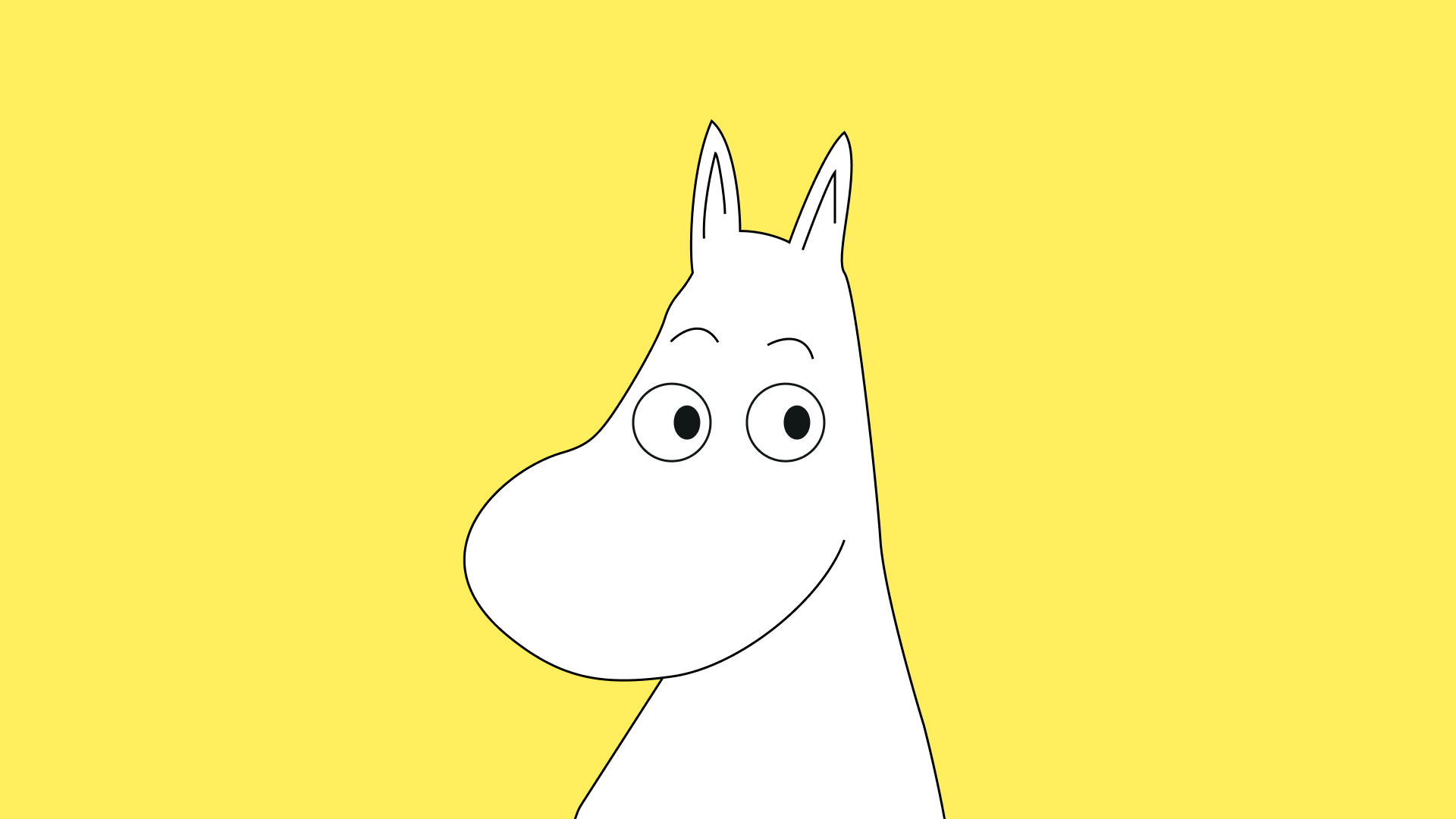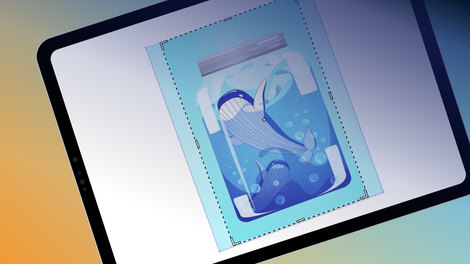There are few examples of pop culture phenomena that span as many generations and have as much longevity as Tove Jansson's Moomins. The very first Moomin book–The Moomins and the Great Flood–was published in 1945, and the latest season of the new Moominvalley animated TV show was aired in 2022. That is a 77 year gap between the first official Moomin appearance and the most recent. In this time, the Moomins have appeared in books, comics, TV shows, films, operas, video games, and even theme parks.
If you’re currently asking yourself what a Moomin is, or wondering how they came to be so popular around the world, then follow us on this deep dive as we explore the Moomin universe from its origins up to the present day.
Jumpstart your ideas with Linearity Curve
Take your designs to the next level.
An artist from the outset
The Moomins are the brainchild of the Finnish author, artist and illustrator, Tove Jansson. Tove Jansson was born into a very artistic family. Her father was a sculptor and her mother was a graphic designer and an illustrator. Tove was the eldest child, and given her background it’s no surprise that she would grow up to become such a creative and artistic person. By the time Tove Jansson was just 14 years old, she had already written and illustrated her first picture book, and she went on to study art in Finland and abroad. Tove Jansson's two siblings would also grow up to become artists, and Tove would work together with her brother Lars Jansson on the Moomins in later years.

During the 1930s, Tove started to work as an illustrator and cartoonist, contributing to the Swedish-language satirical magazine Garm, but it was in 1945 that she first birthed the work that would become known around the world–the Moomins. The Moomins are the central characters in the Moomin books and all of the creative endeavors that followed. They are unusual fairy tale creatures with a distinctive appearance that is reminiscent of a hippo–big, round, and soft looking. They’re actually trolls, but not the kind that live under a bridge. At the center of the Moomin stories is the Moomin family—Moomintroll, Moominmama and Moominpappa.
As well as the Moomins, there are a host of other characters who take part in the stories, like the Snork, Snufkin and Stinky. For most of the books in the series and the many offshoots, the Moomins and all of the other characters live in Moominvalley. The Moomin valley is portrayed as being a beautiful place full of fruit trees and flowers with rolling green hills. It’s the kind of place where it’s easy to live a peaceful life, although there is still the threat of natural disasters. The Moomin valley is surrounded by Lonely Mountain and other mountain ranges, with the west of the valley facing the sea. If any characters in the story want to travel, it inevitably involves a lot of mountain climbing. Jansson was said to have drawn on her family’s retreat in Sweden as inspiration for the Moomin valley.

The story begins with books
It’s impossible to say when Tove Jansson first dreamt up the Moomins. From as early as the 1930s the Moomintroll started to appear in some of her paintings, but the true unveiling of the Moomins to the world happened in 1945 with the publication of the first Moomin book The Moomins and the Great Flood. This book is actually seen as more of a prelude to the main Moomin books as the majority of the main characters are only introduced in the second Moomin story, 1946’s Comet in Moominland. The fact that the first book is more of a prelude might explain why it wasn’t translated into English until 2005.

There is a strong biographical element in the stories, and it’s thought that people in Tove’s life provided models for the characters, and that the Moomintroll and Little My characters are in part autobiographical. The Moomin family itself is also quite reflective of the Jansson family–they both have a bohemian vibe and live close to nature.
Looking for more cool drawing ideas?
Check out our list of 25 easy tutorials.
Tove Jansson's debut Moomin book wasn’t much of a success, but the following two books in the series were much more popular and helped Tove to make a name for herself. Over the next decades, Tove wrote a total of nine Moomin story books, with the last being published in 1970. But the Moomin story books were just the beginning of the Moomin story.
The Moomins get visual
The distinctive visual appearance of the Moomins and the surrounding characters is a huge part of their appeal, and it was soon after the first books were published that this really started to come to the fore. The first ever Moomin comic strip was published in the kids section of the Swedish-language Ny Tid newspaper in 1947, but the real breakthrough Moomin comic started in 1954 when Tove Jansson was commissioned by the British Associated Newspapers to produce a comic strip for the Evening Standard newspaper.

The Evening Standard comic strip was a huge success and the paper syndicated it to many different newspapers around the world. At the peak of its popularity, the strip was being published in 40 countries worldwide in around 120 different papers and reached an estimated audience of 20 million people per day. This makes it the most successful Finnish comic strip of all time.
Tove Jansson both wrote and illustrated all the comic strips on her own from 1954 to 1959, before bringing on board her brother Lars Jansson to help share the workload. They worked together until 1961, when Tove handed over the job to Lars completely. Lars carried on writing and illustrating the comic strip until it stopped publishing in 1975.
The Moomins start branching out
After the comic strip, the story of the Moomins started to be told in many different ways and by many different groups of people. Starting it all was the charming West German TV series Die Muminfamilie (The Moomin Family) in 1959, which was created using puppets. In 1969, a Japanese TV series called Mūmin (Moomin) was released, and this marked the beginning of the Moomins meteoric rise to popularity in Japan, which continues to this day. In the following decades, there have been two Soviet-produced series, a Japanese-Dutch production, a Polish-Austrian TV series, and more, showing just how international the appeal of the Moomins is.

The most recent iteration of the Moomins is the Moominvalley TV show, which was first released in 2019. This animated TV series was written by Nick Ostler and has an absolutely star studded cast. Taron Egerton is the voice of the Moomintroll, who is a typical hero in this coming of age story. It also features huge names like Kate Winslet, Matt Berry, and Warwick Davis in the cast. The whole show is created using 3D CGI and with a budget of €20 million it is Finland’s most expensive TV show. This investment seems to be paying off though–the first episode of season one was the most viewed program on Yle Areena, the Finnish national broadcaster Yle’s streaming service. It also airs on Sky in the UK, on Yle Teema & Fem, and Japanese national broadcaster NHK airs it on its BS4K channel Japan.

A special mention needs to be given to the wonderful score of the show. The composers for season one were Finnish musicians Pekka Kuusisto and Samuli Kosminen, and in a cool nod to the lineage, Pekka Kuusisto’s dad, Ilkka Kuusisto was the composer of the score for a Moomin opera in 1974. Pekka Kuusisto and Samuli Kosminen were joined by Jarmo Saari as the composers for season two.
Ready to create brand assets that pack a punch?
Visit our Academy for free animation design courses.
Moominvalley has been so successful and well received that it is now on its third season. The show has introduced a whole legion of new fans to the wonderful world of the Moomins, and it is amazing to see how the appeal of the Moomins truly spans generations.
The Moomins get real
In the 1990s, there was a huge resurgence in the popularity of the Moomins. The Tales From Moominvalley animation series by Denis Livson and Lars Jansson was a huge hit in Japan and it also reinvigorated interest in the Moomins in Finland. It became known as the Moomin Boom, and all of a sudden there was a huge merchandising industry where you could buy all kinds of things with the Moomin characters on them. The zenith of the boom was arguably the 1993 opening of Moomin World, the Moomin-based theme park in Naantali, Finland.

If you’re imagining a Disneyland-style theme park, you need to think again. Moomin World is not your traditional theme park–it doesn’t have any rides, but it does have plenty of other activities and things to explore. The main draw of the park is the Moomin House, which visitors can explore across its five storeys.
The Moomin World was just the beginning in the real-life representations of the Moomins. In 1997, Akebono Children’s Forest Park opened in Hanno City, Japan. This is a forest park that is designed as a place where children and families can relax. The park is inspired by the Moomins and their philosophy, and it even received the endorsement of Tove Jansson herself. She corresponded over the course of seven years with the park’s creators, and her influence can be seen throughout it. Today, the relationship is reflected in the current name–Tove Jansson Akebono Children’s Forest Park.
Most recently, a brand new Nordic-themed entertainment complex called Metsä opened in 2019 in Hannō, Saitama Prefecture, Japan. It has two main parts–Metsä Village, which is a Nordic-themed area with restaurants and goods, and the Moominvalley Park, which is the first Moomin themed park outside of Finland. It aims to recreate the look and feel of the fictional Moominvalley, and it’s full of adorable buildings based on the Moomin universe, as well as a restaurant and a gift shop. Metsä and Moominvalley Park have both proved to be hugely popular tourist destinations, and is really a testament to the way in which Tove Jansson’s creations have been able to span cultures.

Keeping it in the family
Tove Jansson passed away in 2001, and Lars Jansson passed away in 2000. Lars’ daughter Sophia Jansson-Zambra now has retained artistic control of the Moomins, and with a new Moomin TV series and a new Moomin themed park opening up in 2019, it’s easy to see that the popularity of the Moomin’s still endures strongly today. Sophia has reportedly rejected offers from the Walt Disney Company to buy the rights to the Moomins, so with any luck we can look forward to many more years of new Moomin material under her careful and watchful eye.

If you’ve been inspired by the journey that Tove Jansson took the Moomins on, why not try your hand at writing and animating your own stories? We have plenty of tutorials to help you learn to illustrate in Linearity Curve.
Jumpstart your ideas with Linearity Curve
Take your designs to the next level.
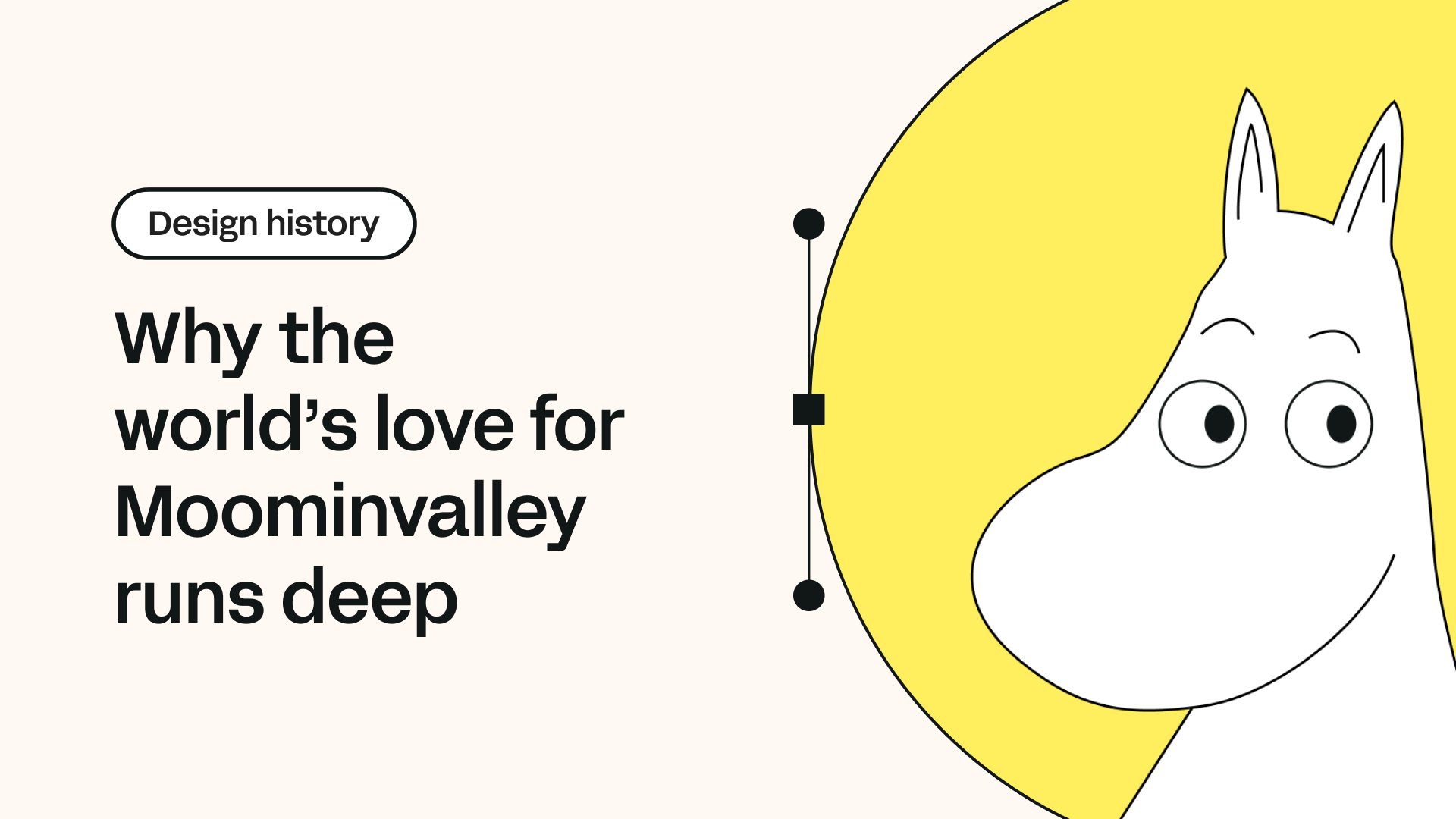
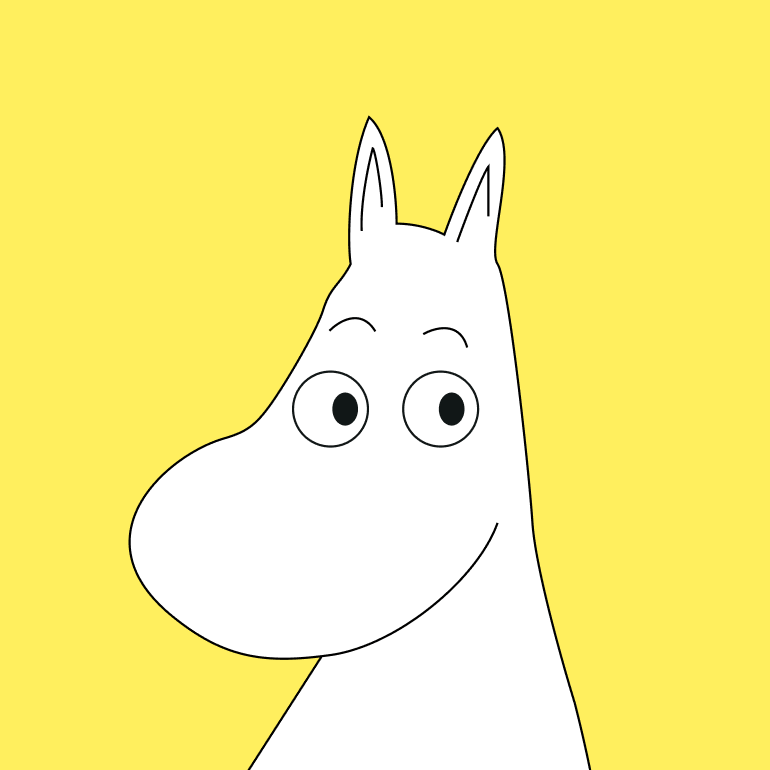
Share this!
Jonny Tiernan
Jonny is a contributing writer to the Linearity Blog.
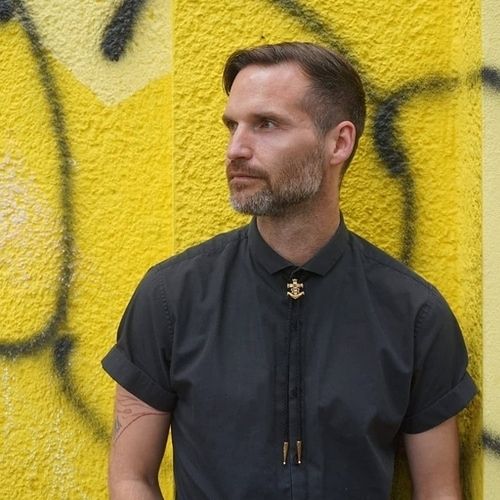

:quality(75))
:quality(75))



:quality(75))
